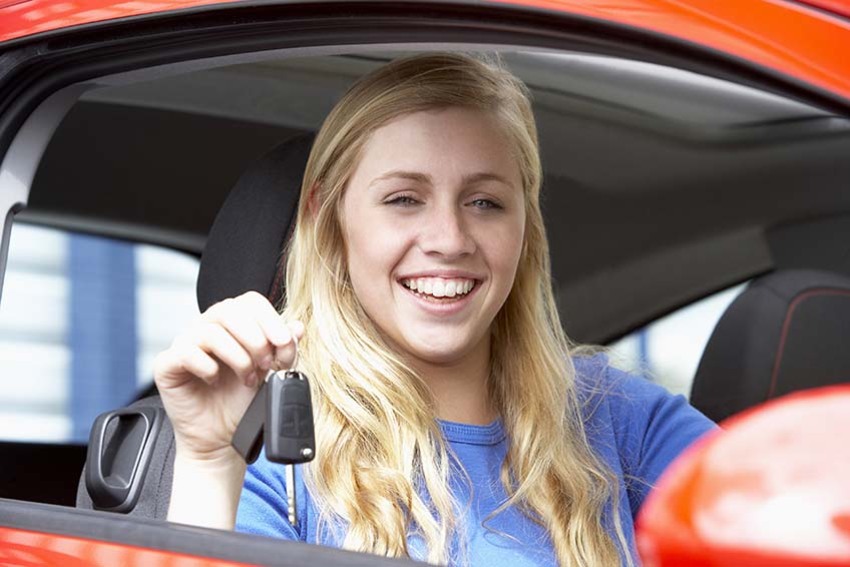
Find the 'sweet spot' when you're most likely to pass

Find the 'sweet spot' when you're most likely to pass
For many people, learning to drive is the first thing they want to do after turning 17, but that’s not always the case.
Many people learn to drive later on in life, perhaps when they have more time, more disposable income or are simply more interested in driving.
However, it could be that there is a ‘sweet spot’ when you’re most likely to pass. This can be different for males and females.
Recent statistics published by the Department for Transport show the pass rates for the practical and theory tests broken down by gender and age.
We’ve put these results into a handy infographic so that they are easy to see.

As you can see, 54% of 16–24 year old men passed their practical driving test during the period April 2014–March 2015, making them the most likely to pass.
For women, the highest pass rate (48%) was also achieved in this age group.
This figure drops steadily until it reaches just 40% for men over 55 and 30% for women over 55.
This downward trend is the same for women as well.
Does this mean that younger drivers are better drivers?
Well, not necessarily.
17–25 year olds make up 8% of UK licence holders but are involved in a quarter of all collisions.
In the UK, casualty rates among young drivers are the highest in Europe.
Are men are better drivers?
While younger males are 6% more likely than females to pass their practical driving test, young males are more likely to crash than females.
Throughout the age groups, men are far more likely to pass than women, with some age groups (35–44, 45–54 and 55+) having a difference of 10% or more.
Despite this, statistics released by the Department for Transport show that 113,066 men were involved in a car accident in the UK in 2014, compared to 69,245 women. That’s a difference of 39%.
From the results, we can see that both men and women are more likely to pass their theory test aged 25–34.
Unlike the practical pass test results, the pass rates don’t fluctuate as much for the theory test, with results for both men and women always above 47% regardless of age.
Are women better at the theory?
Overall, women are 6% more likely to pass their theory test than men.
Interestingly, there isn’t as much difference between the sexes when it comes to the theory as there is with the practical test.
Gender difference
Combining all ages, men are 22% more likely than women to pass their practical driving test, where women are 6% more likely than men to pass their theory test.
Age doesn’t make much difference for theory
For the practical driving test, the percentage difference between the least likely to pass (55+) and the most likely to pass (16–24) is 17%.
In comparison with the theory test, the most likely to pass (25–34 year olds) are only 6% more successful than the least likely age groups (16–24 and 45–54).